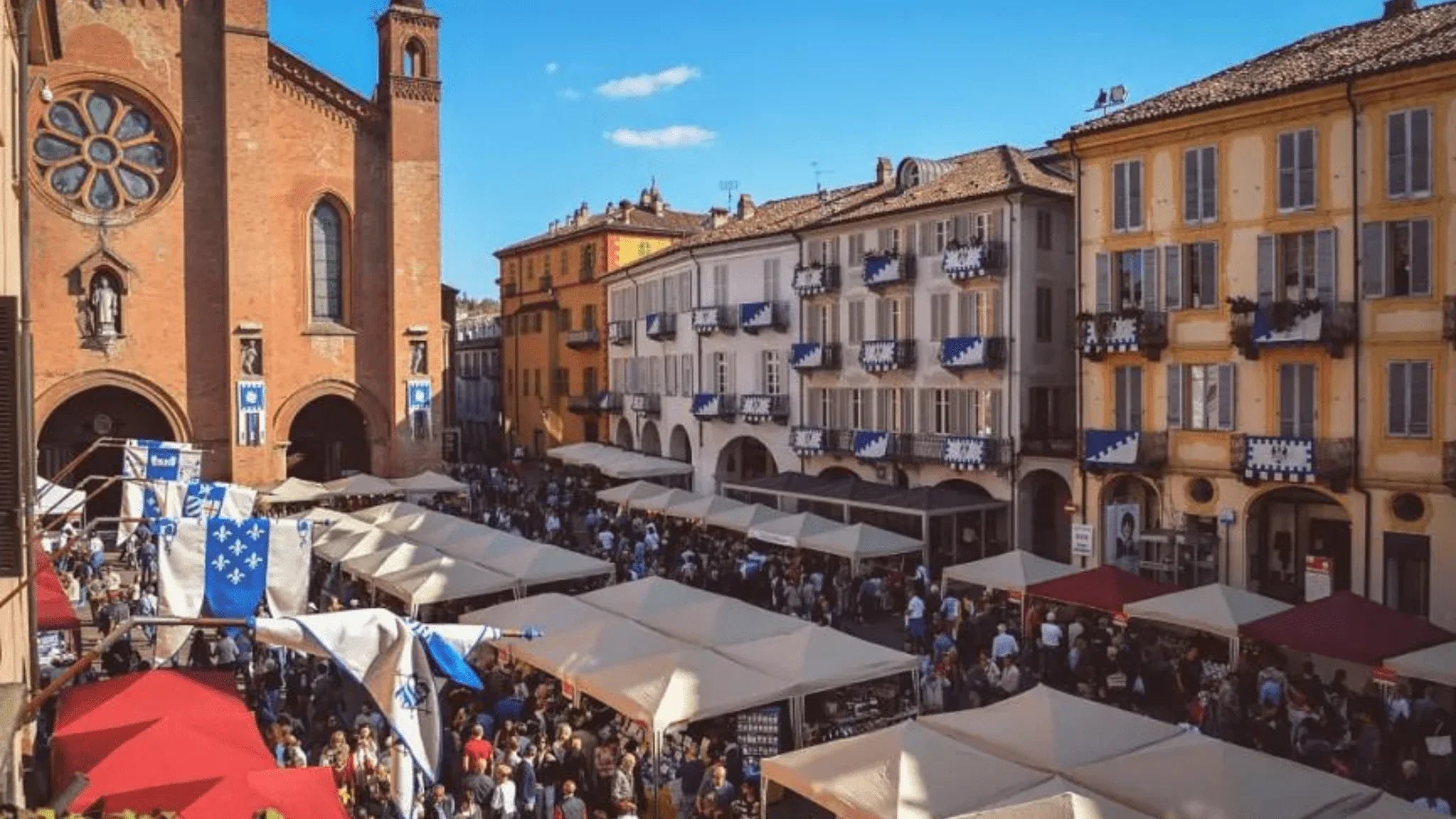
The Origins and History of Truffles: A Culinary Treasure
Truffles have captivated the culinary world for centuries with their unique flavor and aromatic allure. These prized fungi are not only a gourmet delicacy but also have a rich and fascinating history. Let’s delve into the origins and history of truffles to understand why they hold such a revered place in gastronomy.
Ancient Origins (4th Century BCE - 5th Century CE)
Truffles date back to ancient times, with the earliest records found in the writings of Greek philosopher Theophrastus in the 4th century BCE. He described truffles as a natural wonder that emerged from the ground after thunderstorms. The Greeks and Romans held truffles in high regard, considering them a luxurious and mystical food. They believed truffles were created by lightning strikes and attributed various aphrodisiac and medicinal properties to them.
Medieval Mystique (5th Century - 15th Century)
During the Middle Ages, truffles maintained their status as a rare and mysterious delicacy. They were often associated with witchcraft and magic due to their subterranean growth and elusive nature. Monks in monasteries were among the few who cultivated truffles, using their knowledge of the natural world to nurture these hidden gems.
Renaissance Revival (15th Century - 17th Century)
The Renaissance era saw a revival in the popularity of truffles. European nobility and aristocrats prized truffles for their distinctive flavor and considered them a symbol of wealth and refinement. Truffles became a sought-after ingredient in the lavish banquets of French and Italian courts, further cementing their status as a culinary treasure.
Early Modern Cultivation (19th Century - Early 20th Century)
In the 19th century, truffle cultivation began to take shape, particularly in France and Italy. The discovery that truffles could be cultivated by planting truffle spores near the roots of certain trees revolutionized truffle farming. This led to the establishment of truffle orchards, known as truffières, where oak, hazelnut, and other suitable trees were planted to host truffle growth.
Modern Cultivation (Early 20th Century - Present)
Today, truffles continue to be a symbol of culinary excellence. They are primarily found in regions such as Italy, France, Spain, and parts of the United States. The most prized varieties include the white truffle (Tuber magnatum Pico) from Alba, Italy, and the black truffle (Tuber melanosporum) from the Périgord region of France. Truffle hunting, often done with trained dogs, remains an essential tradition, ensuring that only the finest truffles reach gourmet kitchens worldwide.
The God's Gift
The origins and history of truffles are as rich and complex as their flavor. From ancient myths to modern cultivation, truffles have journeyed through time to become one of the most coveted ingredients in the culinary world. Their story is a testament to the enduring allure and mystique of these remarkable fungi.



Leave a comment
This site is protected by hCaptcha and the hCaptcha Privacy Policy and Terms of Service apply.